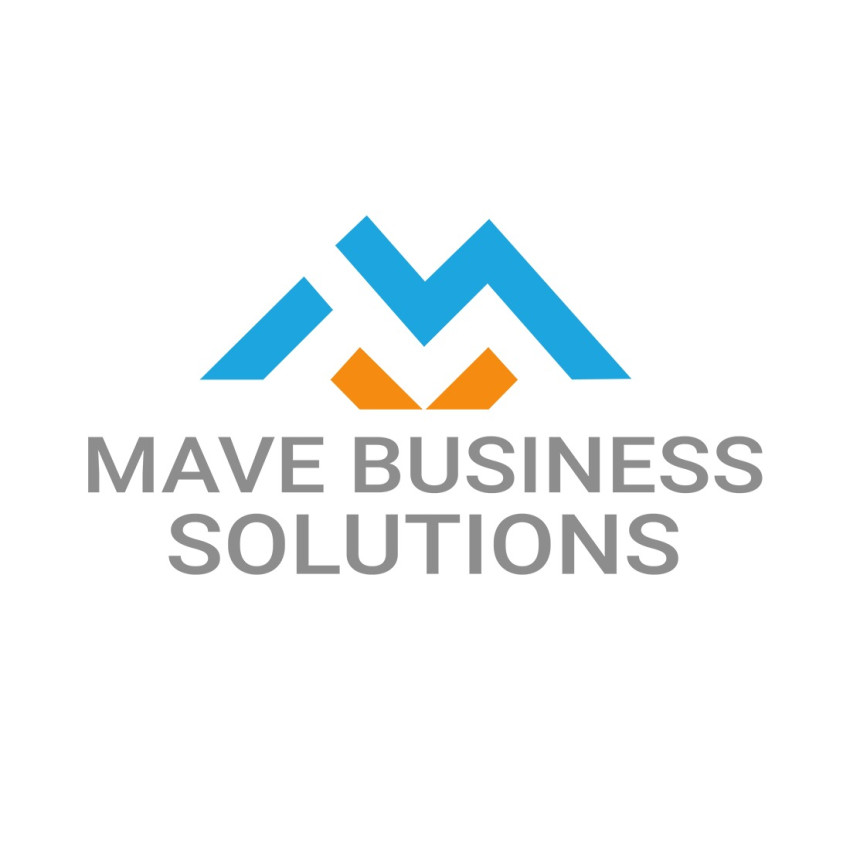
WEBSITE DEVELOPMENT
Best Website Development Company in Chennai - For small to large enterprises, Mave Business Solutions is a prominent web development company in India that provides affordable mobile and SEO friendly web development services. As one of the best providers of website design and development services in Chennai, we have experience in website designing and development. Mave Business Solutions main objective is to assist its clients in creating user-friendly websites and achieving real outcomes.
Professional website development and web design services are provided to our clients by our website developers. Mave BS provides a range of website design and development services, from designing specialised online sales and office expertise creating adaptable website designs and mobile web development solutions utilising the most latest and secure web technologies.
Mave BS are expertise in website development and website design. Our online experiences are scalable as your business expands, highly functional, feature-rich, and digitally transformational. They are also easy to navigate, completely usable, and extremely secure.
The function of two levels are front end and back end of a website:
Front-end development describes the visible, top-level components, such as page format, colour schemes, and so on.
In back-end development, you set out all the technical components that make up your website's back end. If your site contains an image gallery, for instance, this storage space is built up during back-end development. Eg: If your website contains an image gallery, you need to have a place to store the image files.
Full-stack development is the process of implementing both front-end and back-end development on a website.
The web development process:
1. Develop a plan:
Laying up a plan should be your first step before developing a website. Instead of putting out a homepage straight away, think about what you want your site to be before you start.
List specific objectives as the best way to accomplish this. Goals like "enable users to purchase our products on our site" and "educate users about our products and services" are examples of frequent objectives. Additionally, you might want to "familiarise users with our team members."
2. Create a sitemap:
Following the development of some broad objectives, you can begin organising the precise design of your website. Making a sitemap—not to be confused with an XML sitemap—where you simply list out all the various sections and pages that will make up your site is the best way to accomplish this.
3. Purchase a domain name:
The next action is domain name registration. The URL for your website is its domain name. The ideal strategy is to just use your company name as your domain name for a business website.
4. Build your backend:
You may start coding as soon as you are familiar with your website's layout.
As previously said, you can decide to accomplish this using a CMS like Blogger. If so, you can construct your website using preexisting components or even templates, but keep in mind that it won't be as distinctive as if you had designed it from start.
If you choose to hand-code it, you'll probably end up utilising HTML, CSS (cascading style sheets), and JavaScript as your web development tools. The other two tools complement the basic HTML code, which serves as the basis all three of these programmes let you create websites from scratch using code.
The back-end optimisation procedure is complex and advanced, however the following are some of the steps you may anticipate taking:
Ø Create forms to collect information
Ø keep picture files
Ø Create cookies for particular pages,
If visitors may make purchases on your site, back-end optimisation is a crucial phase in the development process since the information customers provide needs to be kept someplace.
5. Build your front-end:
Moving on to the front-end of your site after creating the back-end is a logical next step. This is setting up the elements of your website that visitors will view when they arrive, such as the wallpaper and countertops for its home.
By choosing colour schemes and rearranging items on the page rather than coding your website, using a CMS effectively skips this phase. On the other hand, if you start from scratch when coding, you must first develop your code before adding components to your website.
Typical front-end components include:
Ø Colour palettes
Ø font options
Ø Layout of the website
Make sure your website is user-friendly and that you visually brand yourself as you construct it.
6. Launch your Website:
When you've finished the previously mentioned steps, all that's left to do is launch your website! Obviously, you'll want to test everything out first to make sure everything is operating as it should. But you can make it public once you're certain that everything is in order.
From there, you may keep optimising and upgrading your website to raise its search engine ranking and boost customer conversion rates.



